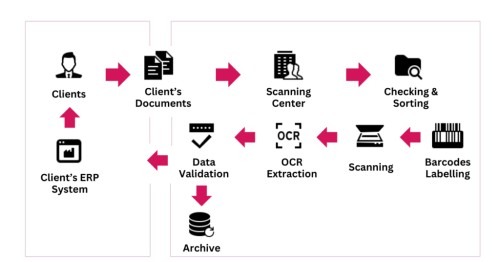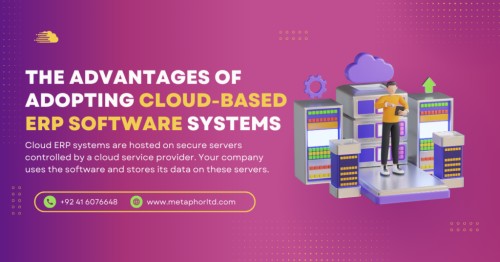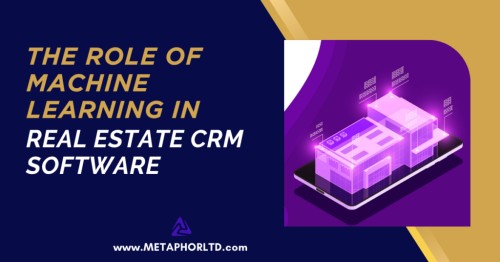In today’s fast-paced world, businesses are constantly seeking ways to enhance efficiency and productivity. One powerful solution that has emerged is automation. By leveraging technology to streamline repetitive tasks and workflows, businesses can free up valuable time and resources, allowing them to focus on innovation and growth. In this blog post, we’ll explore the step-by-step process of how automation can revolutionize your business operations.
Sed ut perspiciatis, unde omnis iste natus error sit voluptatem accusantium doloremque laudantium, totam rem aperiam eaque ipsa, quae ab illo inventore veritatis et quasi architecto beatae vitae dicta sunt, explicabo.
Step 1: Understand Your Clients
The first step in the automation journey is to understand your clients’ needs and requirements. What documents do they regularly submit? What are their pain points and challenges? By gaining a deep understanding of your clients, you can tailor your automation strategy to meet their specific needs.Chatbots can do more than just purchase and sell. They play an important role in rental management. These chatbots greatly simplify the workload of real estate organisations. This productivity improvement enables them to focus on more strategic aspects.
Step 2: Digitize Client Documents
Once you’ve identified the types of documents your clients typically provide, it’s time to digitize them. Using advanced scanning technology, you can quickly and accurately convert physical documents into digital format, laying the groundwork for automated processing.
Step 3: Checking & Sorting
With digital documents in hand, the next step is to implement algorithms or rules to automatically check and sort them based on predefined criteria. Whether it’s sorting by document type, client, or date, automation can significantly streamline this process, reducing manual effort and minimizing errors.
Step 4: Harness the Power of Barcodes
Barcodes are a powerful tool for automating document sorting and identification. By assigning unique barcodes to each document or client, you can easily scan and categorize them, further accelerating the automation process.
Step 5: Unlock Data with OCR Extraction
Optical Character Recognition (OCR) technology allows you to extract text and data from scanned documents with remarkable accuracy. This enables your automated system to digitize and process the information contained within the documents, unlocking valuable insights and facilitating further automation.
Step 6: Ensure Data Integrity with Validation
Data validation is crucial to ensuring the accuracy and integrity of the extracted information. By implementing validation rules and checks, you can verify the accuracy of the data, cross-referencing against existing databases, and performing calculations to validate numerical data.
Curabitur varius eros et lacus rutrum consequat. Mauris sollicitudin enim condimentum, luctus enim justo non, molestie nisl.
Step 7: Secure Digital Archive
A secure digital archive is essential for storing and organizing the processed documents and extracted data. By maintaining a structured archive, you can easily retrieve and reference information as needed, ensuring compliance and facilitating audits.
Step 8: Integration with Clients’ ERP Software
Integration with clients’ ERP (Enterprise Resource Planning) software is the final piece of the puzzle. By seamlessly transferring validated data into their ERP system, you can eliminate manual data entry, reduce errors, and enhance collaboration and efficiency across the board.
Wrapping Up
In conclusion, automation is a powerful tool for streamlining business processes and driving efficiency. By following these steps – from understanding your clients’ needs to integrating with their ERP systems – you can harness the full potential of automation to revolutionize your business operations and stay ahead of the competition.



